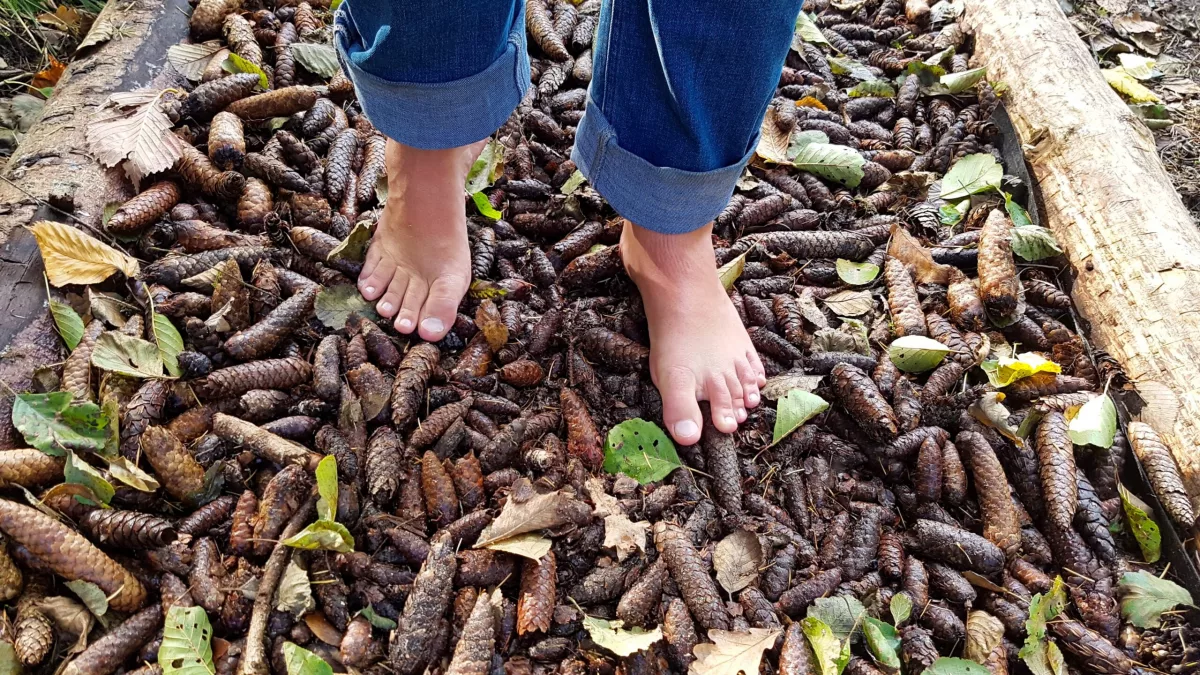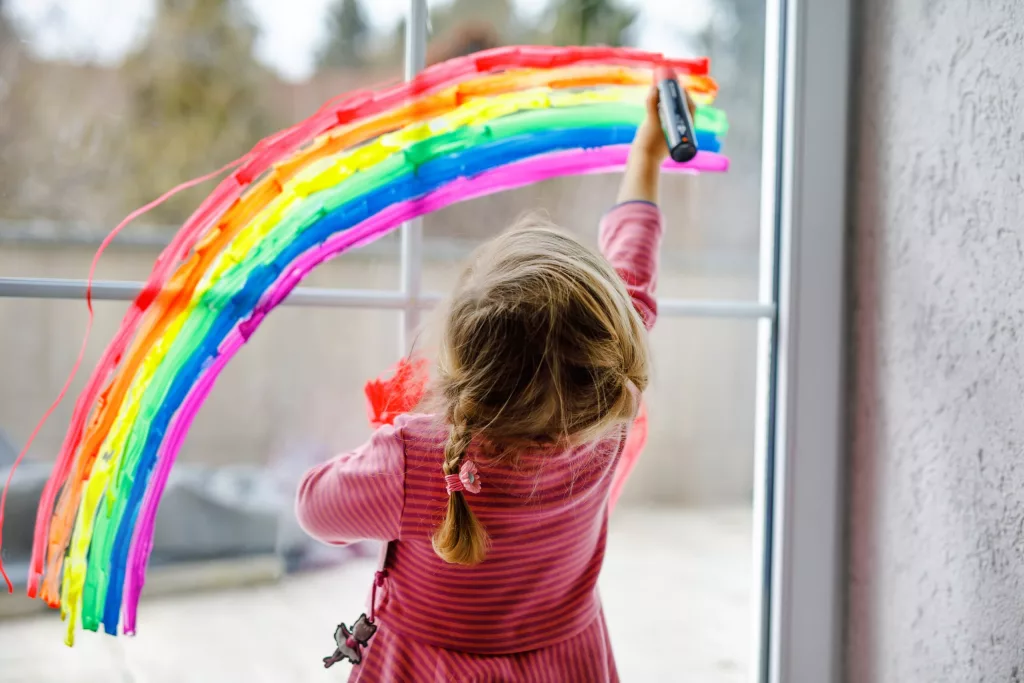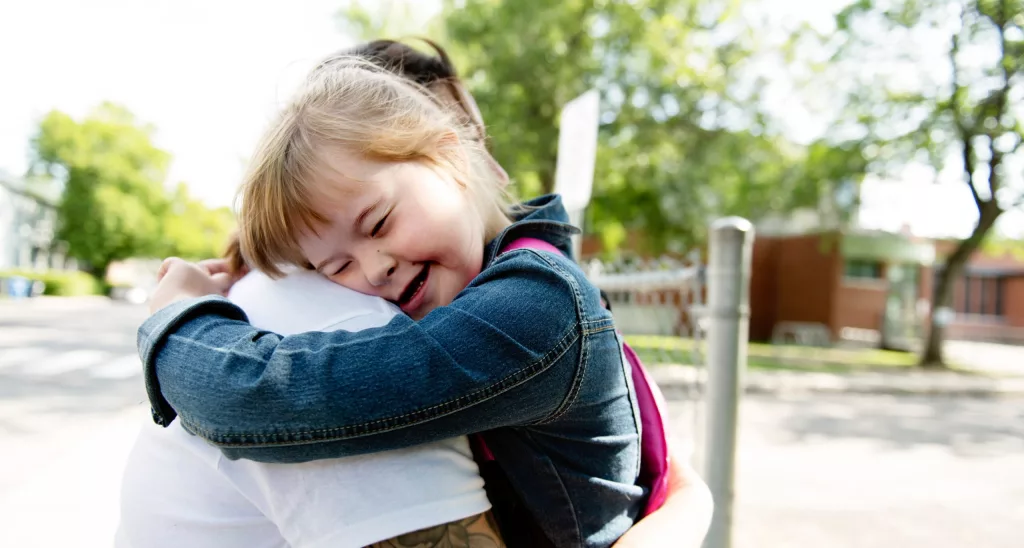09/11/2022
The world is already experiencing a number of effects from climate change that affect billions of people. Extreme weather events such as floods, heat waves, and prolonged droughts especially threaten the most vulnerable populations. Furthermore, the most fragile party in this scenario is children, who see the climate crisis jeopardizing a whole range of rights, among which are the most basic rights to life and development. Boys and girls are classified among the most vulnerable groups by the Intergovernmental Panel on Climate Change, the world’s leading group of scientists studying the climate crisis.
It is in this context that it becomes clear that the steps taken globally to contain the effects of climate change are no longer sufficient. To ensure a habitable planet for children today and in the future, mitigating agreements, i.e. to reduce or prevent greenhouse gas emissions, are not enough.
This is because, although mitigation is an important and necessary action, the world will continue to warm even if we manage to stabilize emissions. The effects of the warming that has already occurred are real and are being felt by everyone around the globe.
This is why we need to go beyond mitigation and, in addition, embrace adaptation actions (solutions aimed at reducing damage, risks and finding opportunities) more vigorously. Anticipating the effects of the climate emergency that are already occurring and that will come in the future, as well as managing their consequences, are actions that can save lives.
We need to learn to live, for example, with longer periods of drought and heavier rains in some regions, which often cause disasters such as landslides and floods. We need to adapt to this warming world and protect the most vulnerable, such as children.
“There is an opportunity to engage in adaptation actions that transform urban infrastructure such as schools, for example, by using nature-based solutions that can contribute to prepare our cities in the face of the climate crisis, while providing environments where children can play, grow and develop better,” stated Bebel Barros, researcher for the Child and Nature program.
– Read also: ‘We don’t want to have children anymore’: the mercury must be stopped
The impacts of low public funding for adaptation
Currently, only 20% of global public climate funding is earmarked for adaptation. If this investment is not significantly increased, millions of children will suffer irreversible impacts that have already been triggered.
Brazil, for example, faces a high risk of river floods: under a high emissions scenario, it is projected that by 2030 more than 78,000 people could be at risk of annual flooding due to climate change.
These floods often cause drowning deaths and infectious disease outbreaks, as well as impacting food production and water supply. As for indirect effects, they can also lead to post-traumatic stress and population displacement.
However, we do not see effective actions being taken. The Legal Amazon, for example, one of the regions that most draws worldwide attention when it comes to environmental preservation, covers nine Brazilian states (Amazonas, Acre, Rondônia, Roraima, Pará, Maranhão, Amapá, Tocantins and Mato Grosso) and none of them has warning systems or permanent contingency plans for extreme events such as floods, droughts, forest fires and heat waves.
– Read also: Amazon is the most unsafe place to be a child in the country
A fund to adapt cities and homes to climate disasters
In view of these facts, it is essential to establish specific policies and funds to adapt cities, homes, schools and the entire infrastructure to possible climate disasters, as well as to allocate resources to recover the losses and damages from these events, especially in the most vulnerable countries. The matter will be taken to COP 27, to be held in 2022 in Sharm el-Sheikh, Egypt. The Alana Institute participates in the event with the objective of proposing agendas on climate justice and childhood at the center of the political negotiations.
– Read also: #KidsFirst Campaign at COP 27
“At this COP, advances in the global goal of adaptation will be debated and, for a possible fund for losses and damages, it will be necessary to guarantee specific measures for children and adolescents, particularly in the territories where they live, study and circulate, so that they are seen and are the first to be protected against climate disasters. States must place the rights and the voices of children at the center of their climate action to motivate urgent mitigation, adaptation and financing actions”, argued JP Amaral, coordinator of the Children and Nature program of the Alana Institute.
The so-called Global Goal on Adaptation (GGA) was defined within the Paris Agreement with the aim of increasing global adaptive capacity, resilience and reducing vulnerabilities related to climate change. An adaptation committee has been responsible for reviewing the GGA and assisting member countries with actions towards climate adaptation.
In 2021, COP 26 established a comprehensive two-year work program between Glasgow and Sharm el-Sheikh on the global adaptation goal. This year, entities should demand new priorities from the program, such as focusing on social services that serve children and communities most at risk, as well as strengthening data and monitoring mechanisms to track or measure the resilience of essential services.
– Read also: “Nature is crying out, asking for help. We need to listen.”
Droughts, floods, heat waves and extreme weather events directly affect a broad spectrum of children’s rights, such as their right to health and education. But this need not be the future for children around the world. To change course, countries must put children’s rights and voices at the heart of their climate action, driving urgent action on mitigation, adaptation and financing.
Rapid emission reductions must still be prioritized, while capacity for adaptation is radically strengthened and measures are put in place to protect children and their rights, including in cases of loss and damage. Moving in this direction is positive for children and for the planet.
– Read also: New research shows children’s perception of the environment and climate change




